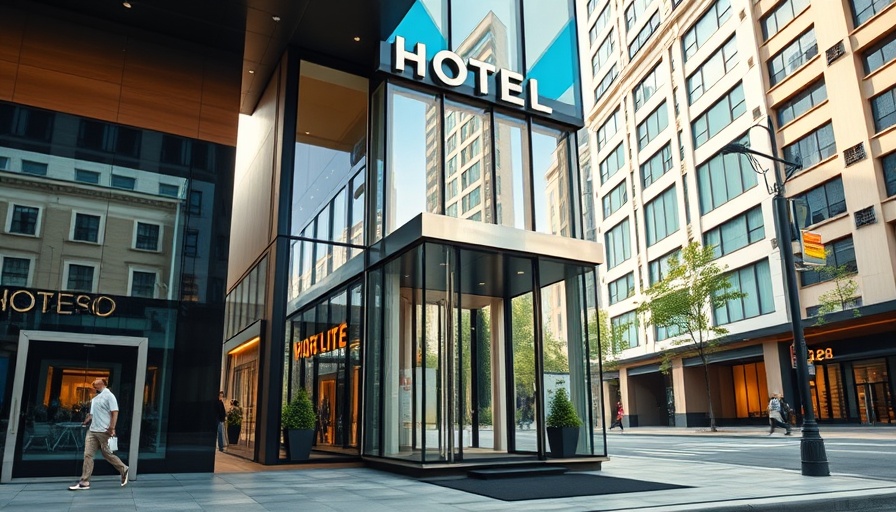
New York City's Evolving Response to Migrant Housing Needs
The recent decision to end the lease for The Row hotel in Times Square marks a significant moment in New York City's evolving strategy regarding migrant housing. As the city observes a drop in new arrivals, the closure signifies not just the ending of a lease but the culmination of a response to a critical humanitarian issue that unfolded over the past few years.
Context: The Surge of Asylum Seekers
In 2022, the landscape of immigration and asylum-seeking transformed dramatically for New York City. The influx of asylum seekers, many bused from Texas by Governor Greg Abbott, prompted the city to pivot quickly and innovatively, converting hotels like The Row into emergency shelters. This rapid response led to the housing of over 238,000 migrants, reflecting the city’s effort to uphold its right-to-shelter mandate.
Understanding the Impact of Closure
The Row's closure doesn't equate to a decrease in the need for migrant assistance; rather, it signals a transition to different forms of accommodation. The city's shelter system is still housing around 35,000 asylum seekers, down significantly from its peak. Thus, while closures like this one are a sign of resource allocation changes, they also illustrate the city’s ongoing commitment to managing its responsibilities towards vulnerable populations.
Future Trends in Migrant Housing
As the Adams administration moves forward, it could explore more stable forms of migrant support, focusing on long-term integration strategies. This could potentially lead to partnerships with non-profit organizations and community groups to foster self-sufficiency among migrants, transforming the approach from reactive to proactive. The end of large temporary shelters could pave the way for more sustainable housing solutions.
New York City’s experience can serve as a model for other urban areas facing similar challenges. Factors like legal frameworks and community support will be essential in shaping how cities, especially those under similar stress, manage the accommodation and integration of asylum seekers.
Conclusion: A Call for Community Engagement
As the city enters this new phase, it is essential for community members, organizations, and policymakers to engage in dialogue about the best ways to support migrants and ensure they have the opportunities needed to thrive. As we reflect on the roles we each play in these societal challenges, let’s advocate for informed policies and compassionate solutions that address the complexities of migration directly.
 Add Row
Add Row  Add Element
Add Element 



Write A Comment